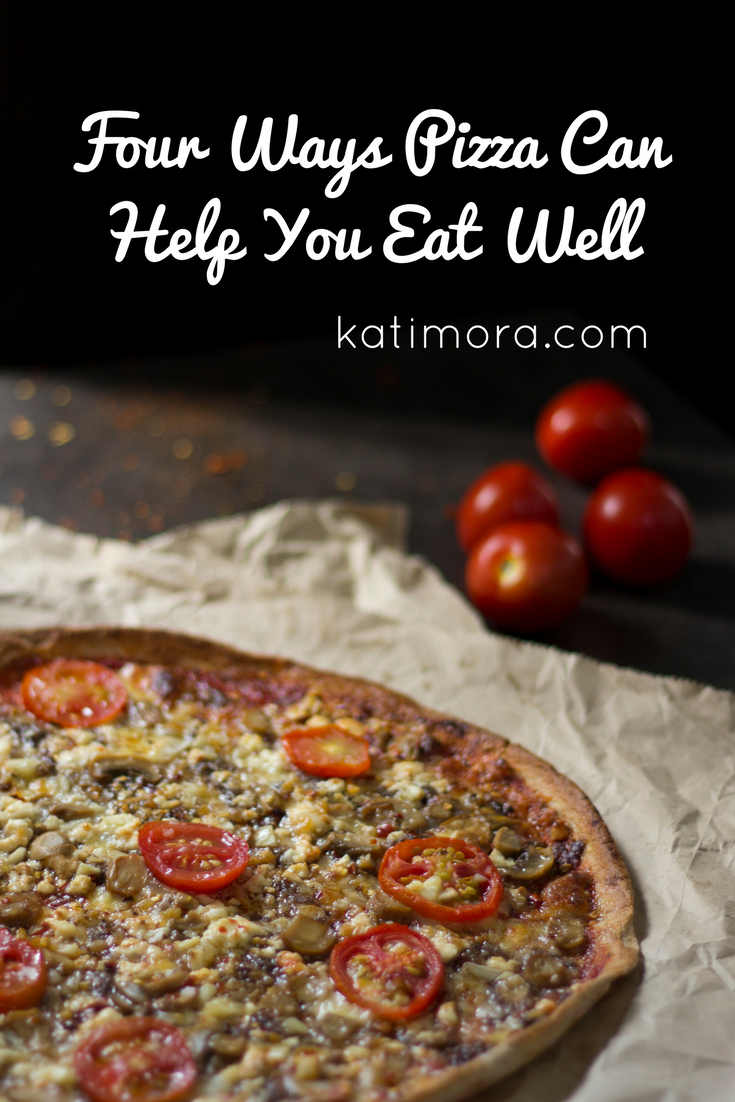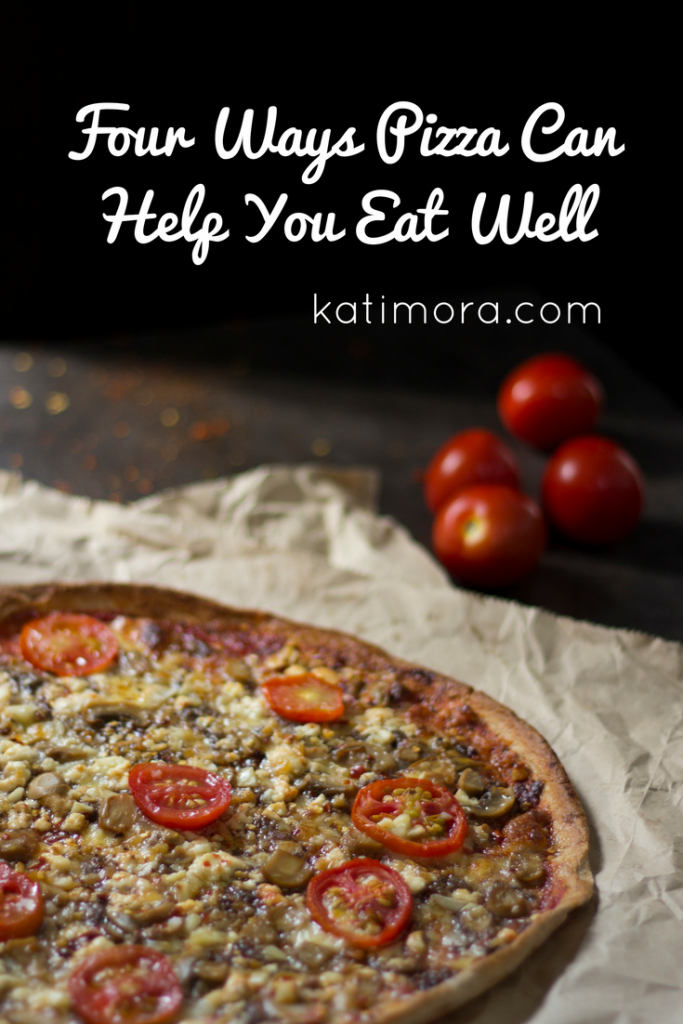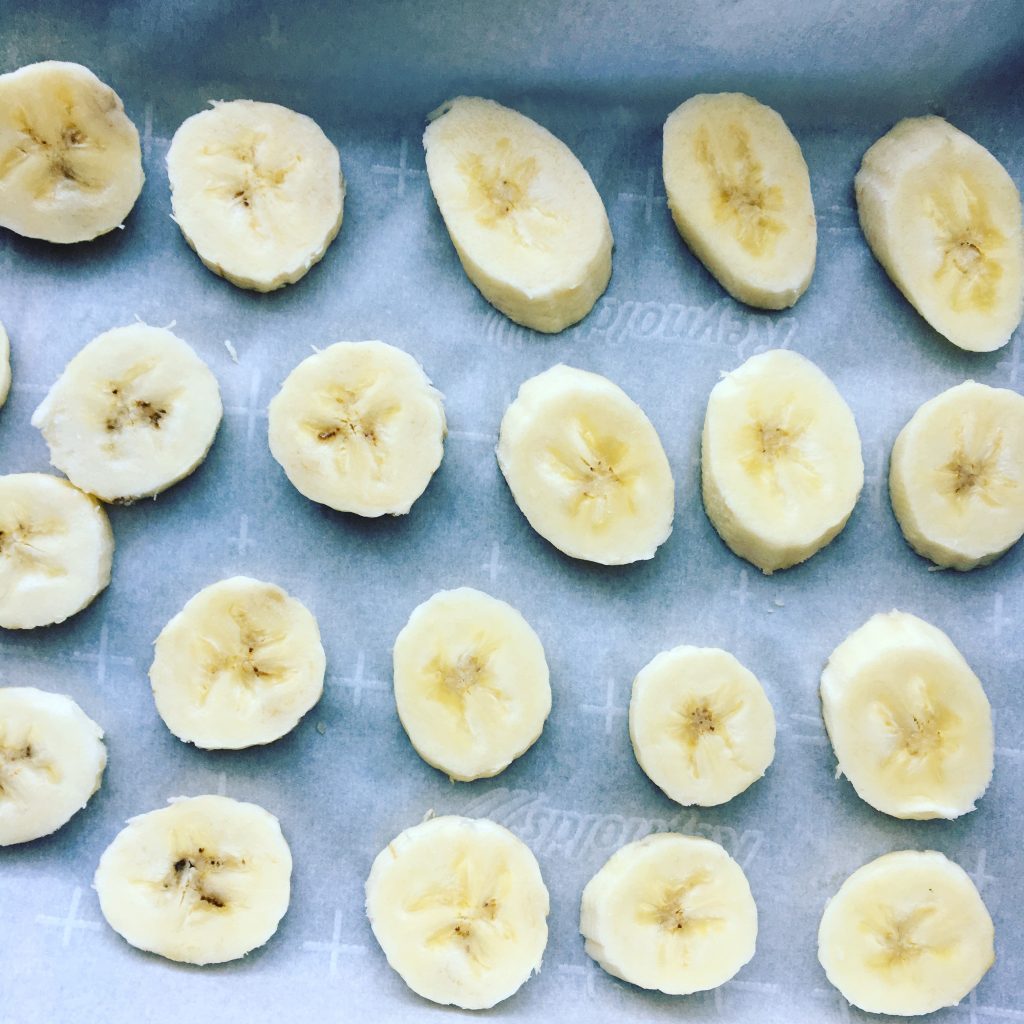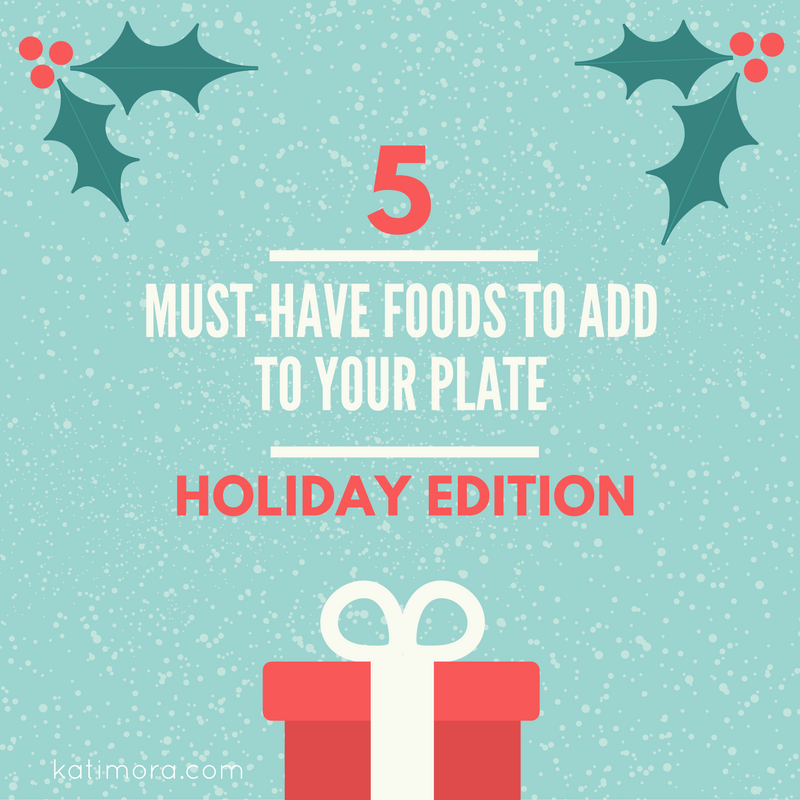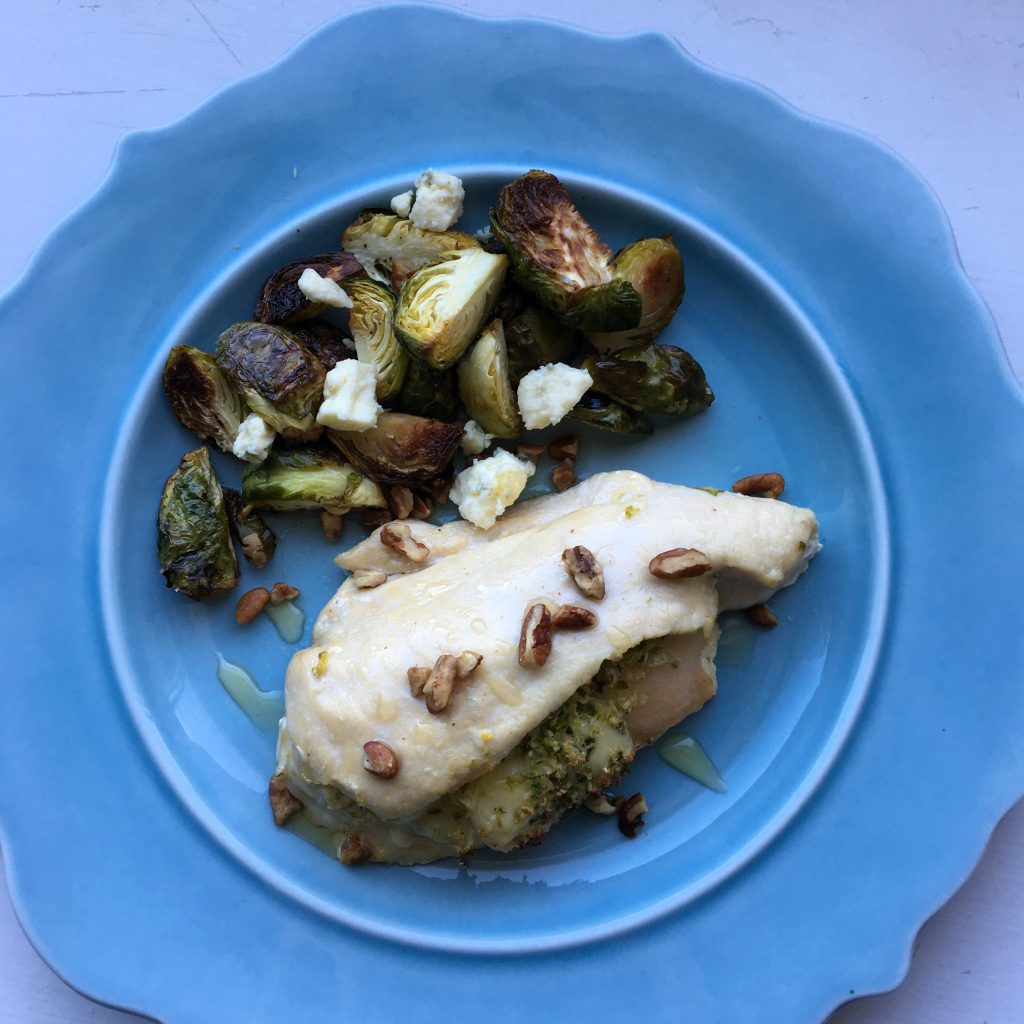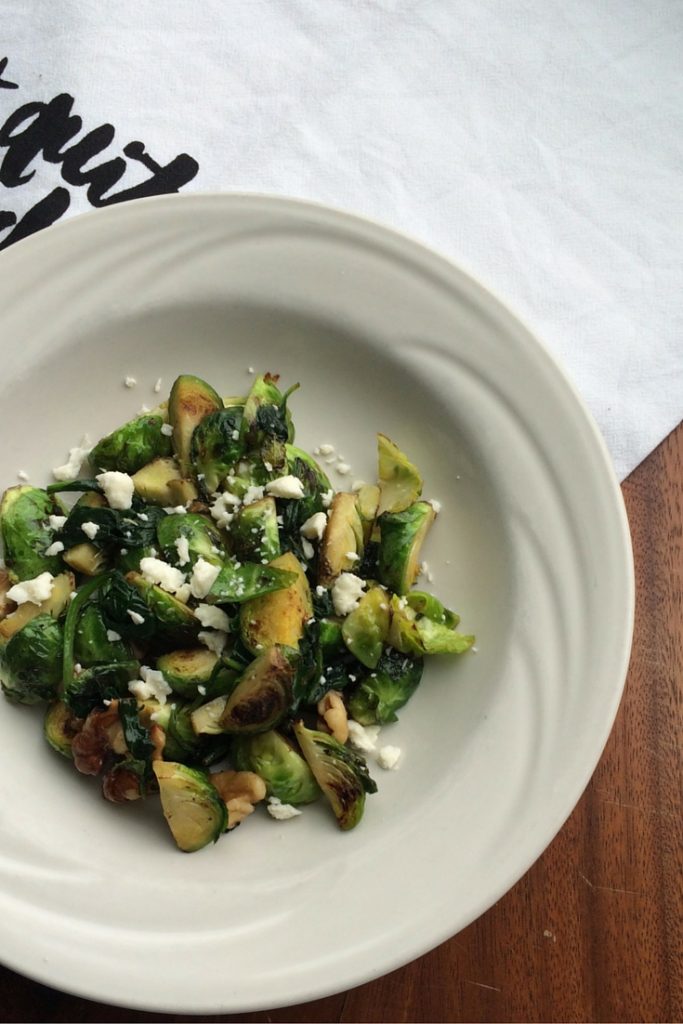When it comes to the macronutrients our bodies need for good health, protein might seem the least controversial. In truth, most Americans get adequate amounts of protein each day; however, we may not always recognize which foods help us get there on a regular basis.
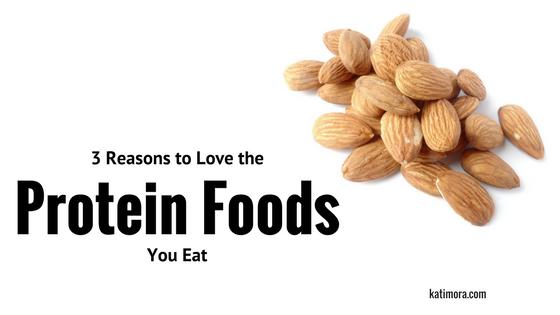
When building meals, I like to recommend considering foods that contain protein and fiber first. Foods rich in both often allow us to best meet our energy needs and feel more satisfied after we eat. Both are important not only to make sure our body has what it needs to function properly, but to help us set the stage for being able to more adequately listen to our body’s internal regulators like hunger and fullness.
Related: 5 Reasons to Love the Grains You Eat
If you’re not quite sure why protein-rich foods matter or if you need a little convincing that it’s OKAY to enjoy these sorts of foods, here are a few reasons that may convince you to look for ways to support your health by incorporating these foods consistently in your meal plan:
- Protein-rich foods contain other important nutrients too! Meat, poultry, fish, dry beans and peas, eggs, nuts, and seeds – foods often considered to be rich in protein often include B vitamins (niacin, thiamin, riboflavin, and B6), vitamin E, iron, zinc, and magnesium as well. Each of these nutrients play a unique role in your body:
- B vitamins help the body release energy, play an important role in supporting the nervous system, and assist in the formation of red blood cells and tissues.
- Iron helps carry oxygen in the blood.
- Magnesium plays a role in releasing energy from muscles and is used to build bones.
- Zinc helps the immune system function properly and supports biochemical reactions with the body.
- Vitamin E is a fat soluble vitamin that works to protect cells from free radicals and may play an important role in supporting our immune system.
- EPA and DHA are omega-3 fatty acids often found in seafood. These fatty acids play a role in reducing heart disease risk and may reduce inflammation as well.
- Protein-rich foods help build and maintain your physical body. Protein is used to build bones, muscles, cartilage, skin and blood. Enzymes, hormones and vitamins are also dependent on protein.
- Protein-containing foods give you more tools in your tool box to build nourishing meals you love. Although most of us can probably identify foods like chicken and egg as protein-rich food sources, did you know that foods like cottage cheese, quinoa and even spinach can help provide your body with the protein that it needs? Research suggests that for most people, getting enough protein at dinner is rarely a problem, but breakfast and lunch are sometimes a challenge. This is where some of those other protein-containing foods come in. Together, they can help you better meet your needs throughout the day, taking the pressure off dinner a bit. And bonus – this may just help you turn those earlier meals and snacks into more enjoyable ones too because you have more foods to choose from. Now that’s what I call a win-win!
Need some protein-food inspiration? Check out some of my favorite recipes here!

